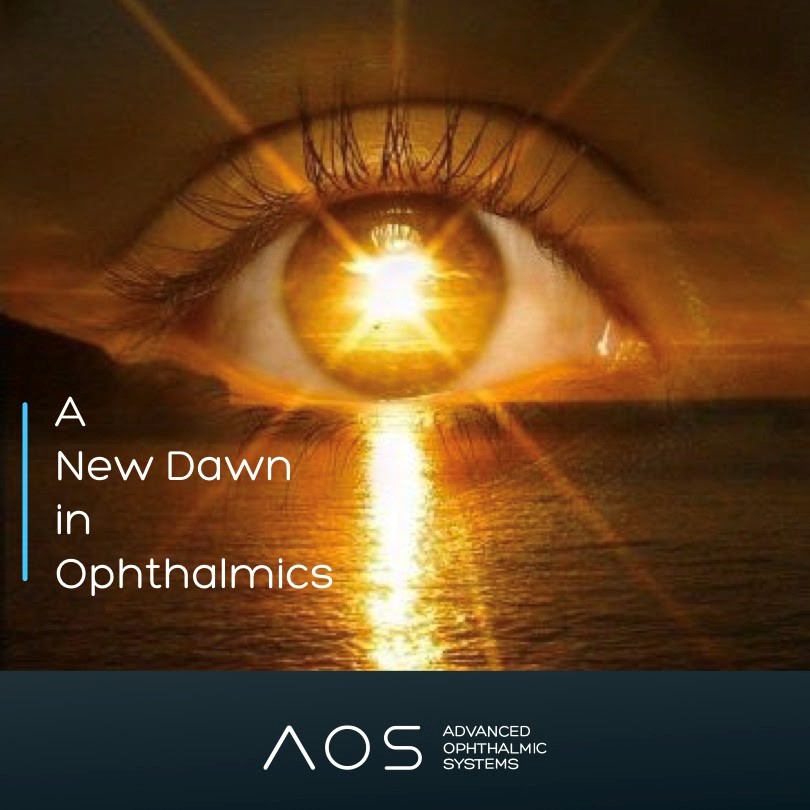A New Dawn in Ophthalmics: Karl Jeebaun
3rd June 2020

The ophthalmic landscape, as with all other medical sectors, has got to change. Will we ever see a return to ‘normal’? What does ‘normal’ even mean? Do we revert back to age-old processes and procedures that weren’t designed for this modern, technologically advanced world, or do we seize this opportunity to futureproof our industry for the recurrence or discovery of another virus?
One of our founders, Dr Eduardo Mangieri, has always said that there are patterns (signals) in everything we do and everything we are – you just need to know how to see them.
Coronavirus was first discovered in humans in 1965. Since then, the spread and veracity of the virus has grown. Fast forward to the early 2000s and SARs infected 8500 people across 28 countries, killing over 750. In 2012, MERS, another coronavirus, infected 2500 people in the middle east, killing over 850. Today we are faced with Covid-19 which has infected over 6 million people, already claiming the lives of nearly 400,000. I am not a scientist or doctor, but anyone who thinks that a vaccine for Covid-19 is the golden bullet to make the world go back to normal is burying their head in the sand. The world is changing and we need to change the way we live, interact, work, treat and manage patients with this knowledge at the forefront of our minds, or we will inevitably end up in the same situation again.
At AOS we hear all the time (as I’m sure any new technology company does) that “This looks amazing, but how do I fit this into my hectic work schedule?” or “Great, but how do I make money from something that disturbs or increases our workflow?”. Well in this new world, how do you see the same number of patients – let’s say 15 mins per patient – when guidance is telling you now to limit numbers in practice, after every session all equipment needs to be cleaned, PPE for all examinations etc. I’d hazard a guess at around a 40-60% drop in patient flow and revenue with the same overheads in practice. This means longer waiting lists and therefore increased preventable blindness if we don’t adapt. Ophthalmic referrals are still the largest group in the NHS, and a very high percentage don’t even need to be there or are misdiagnosed. ‘Open longer hours!’ I hear you cry, but is that really sustainable when the net result is same income with an increased overhead? ‘Work smarter, not harder’ is another phrase ringing in my ears, which is truer today than it’s ever been.
I don’t have the magic pill for this situation. I have spent my career of over 25 years looking at how to streamline businesses, increase revenue, reduce costs and improve efficiency. What we are faced with now is an opportunity, in my eyes, to put in place better infrastructure and processes. This means change. Change in the way we work, the way we treat and manage patients, and change in the way we do business or how we interact with our patients.
“If it ain’t broke, don’t fix it!”. Well, colleagues – it is broken, and we need to fix it quickly. I’m clearly biased towards adoption of technology, but that alone is not the answer. From a business standpoint, it does address a lot of the issues we face. Remote triaging, pre-screening, virtual clinics, secure transfer and handling of data, connected systems, AI, telehealth and telemedicine are all solutions for businesses available today. However to truly change our business and get back to some sort of norm, we need to move from total dependence on people walking through the door more towards a business that works 24/7 365 days a year.
We all walk around with one of the most powerful tools on the planet – a smartphone. This is the gateway to your patient base. Combined with clinical technology, this is how we rebuild our businesses to fit the new world we all now live in.

